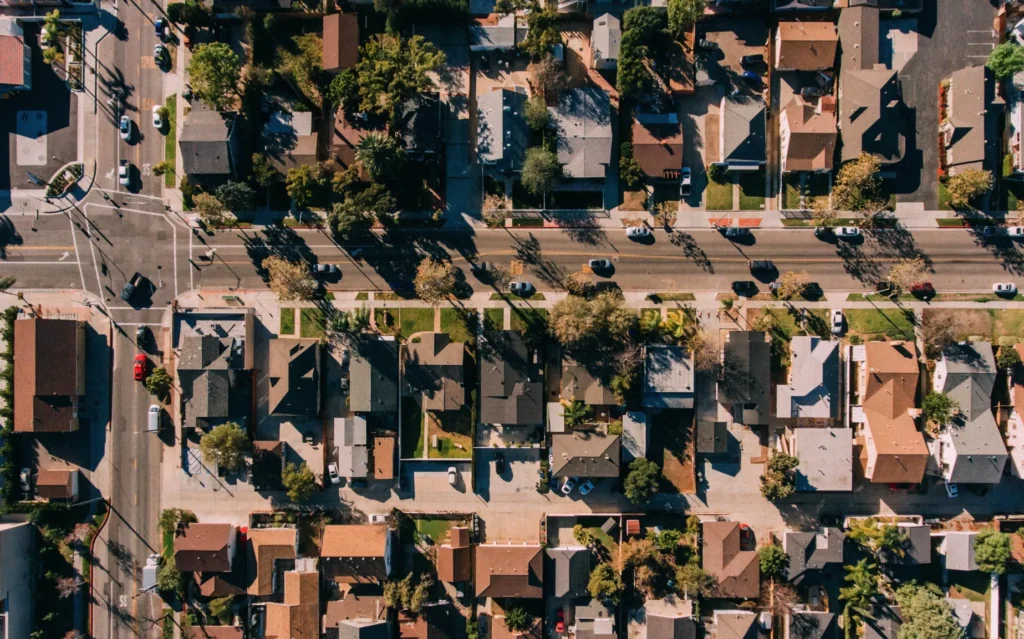
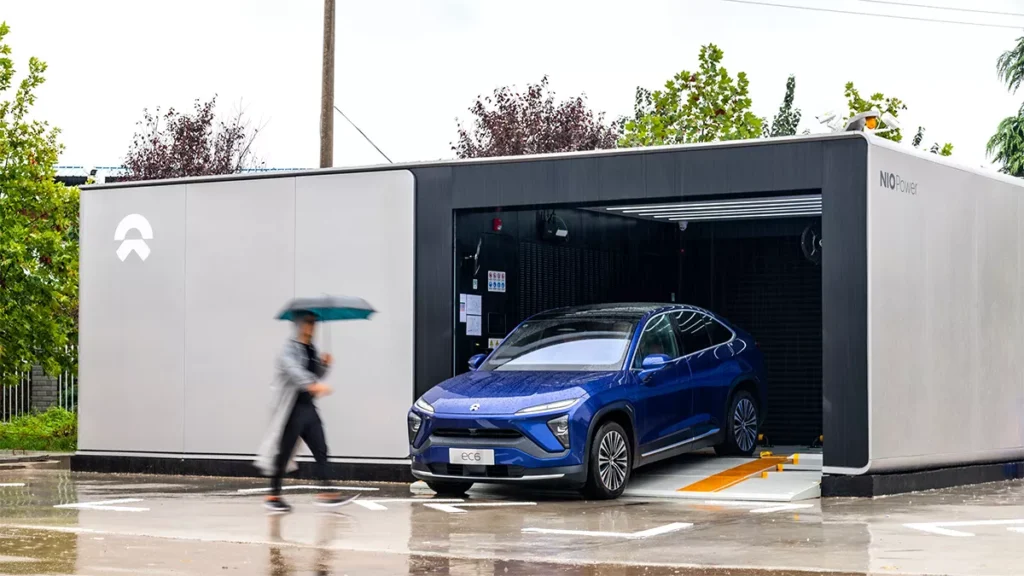
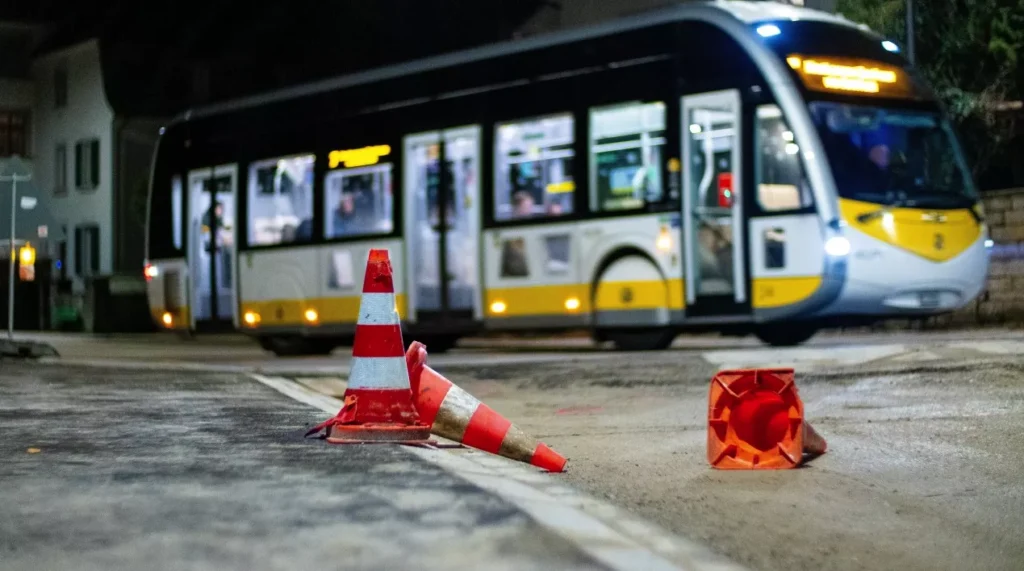







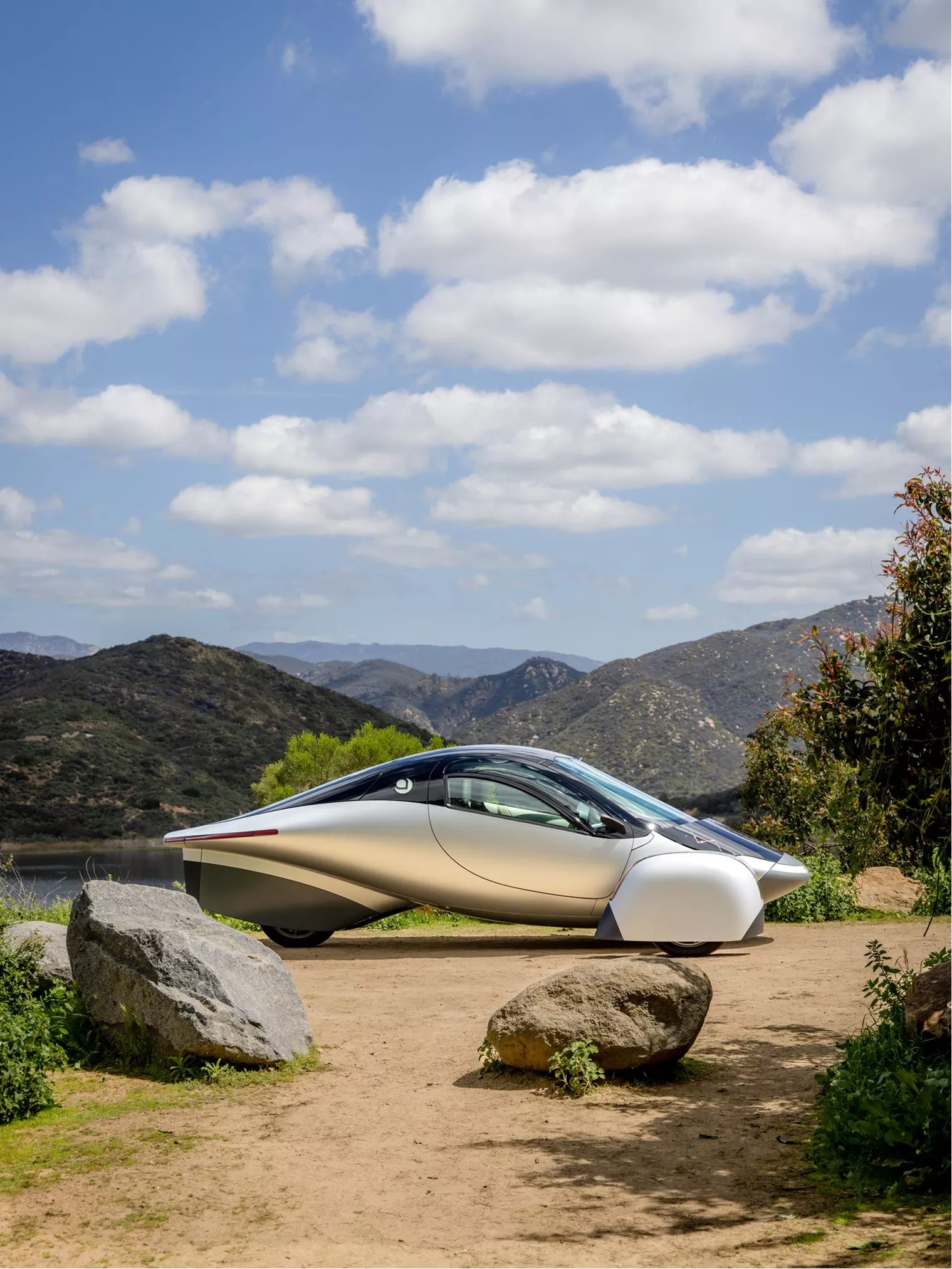
From EVs and batteries to autonomous vehicles and urban transport, we cover what actually matters. Delivered to your inbox weekly.
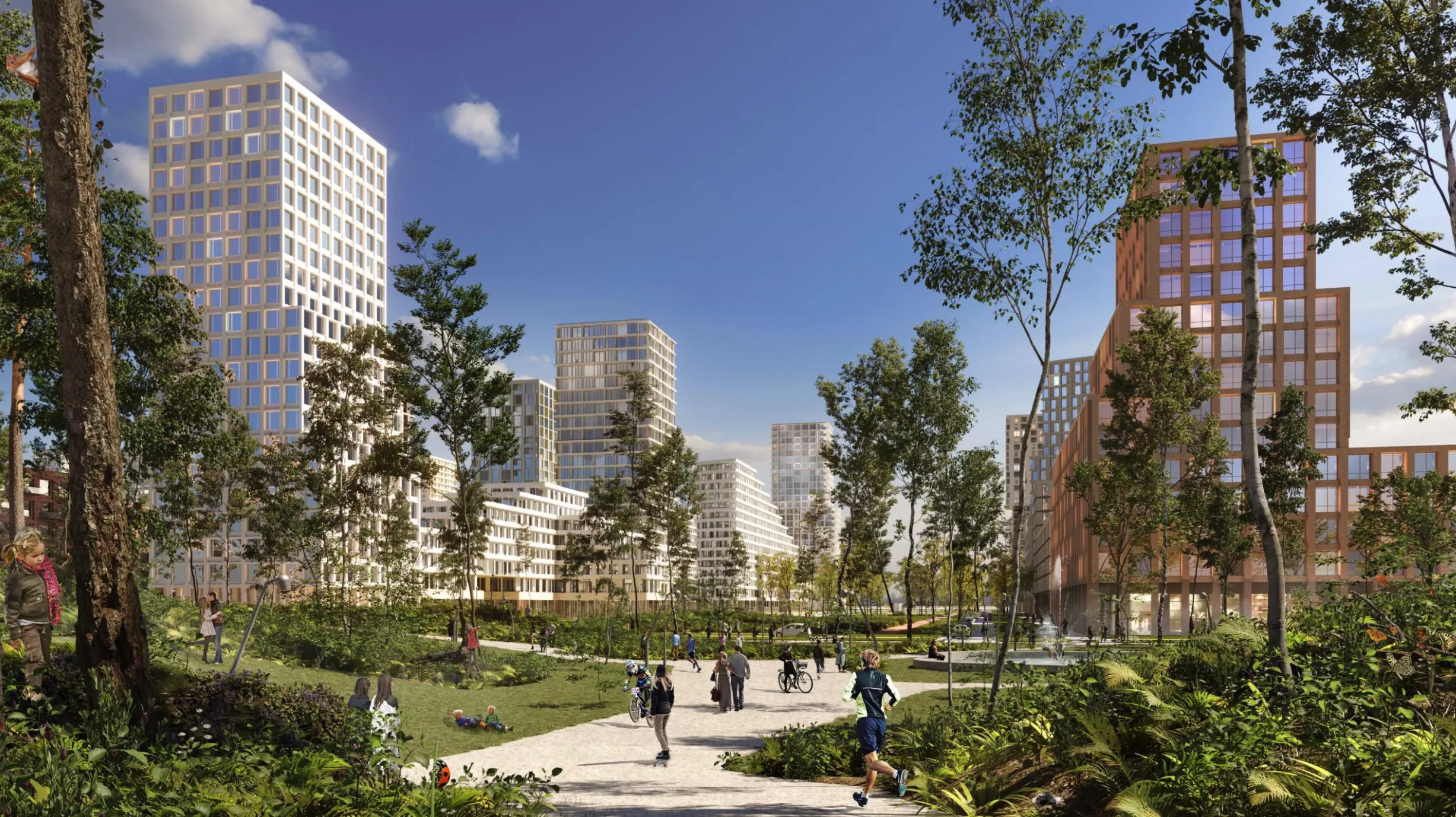
What if everything you needed — work, groceries, healthcare, entertainment — was just 15 minutes away?
That’s the vision behind the 15-minute city — a radical shift in urban planning that’s turning traffic-choked streets into thriving, people-first neighborhoods.
And the secret ingredient? Micromobility.
E-scooters, e-bikes, and shared mobility are bridging the gap between public transport and everyday destinations.
Forget hour-long commutes. Short, flexible trips are the future.
✅ Paris is leading the charge, redesigning its streets for walking and biking.
✅ Barcelona’s Superblocks are reclaiming roads for people, not cars.
✅ Portland is integrating shared mobility into its transit system, making the last-mile effortless.
🚦 But not every city is ready for this shift.
🚧 Car-centric infrastructure, outdated policies, and resistance to change are slowing things down.
Can micromobility help cities break free from car dependency and build truly connected, accessible communities? Let’s dive in.
Think less traffic, fewer long commutes, and everything you need within a short ride.
That’s the idea behind the 15-minute city — a concept that’s flipping traditional urban planning on its head.
Where did this idea come from?
Urban planner Carlos Moreno made it famous, but the roots go back further — neighborhood unit theory, Garden Cities, and Jane Jacobs’ push for walkable communities.

🔄 COVID changed everything — suddenly, people stopped commuting and started living locally. Cities took note. Why force people into hour-long traffic jams when you can bring services closer?
🌍 Sustainability is non-negotiable — transportation accounts for nearly 25% of global emissions. Fewer cars, more micromobility = cleaner air, lower emissions, and less congestion.
🏙️ The future of cities is local — instead of sprawling metropolises built for cars, the 15-minute city prioritizes people. And micromobility? It’s the glue that makes it work.
For decades, cities have been designed around cars. Wide roads, sprawling highways, and endless parking lots have defined urban landscapes, prioritizing vehicles over people.
But now, the cracks in this model are impossible to ignore.
🚦 Traffic congestion is at an all-time high. Urban commuters are spending more time stuck in gridlock than ever before. In Melbourne, drivers waste 92 hours per year sitting in traffic, increasing fuel consumption and air pollution
💨 Private cars remain a top polluter. Transport accounts for a massive 28% of greenhouse gas emissions in the UK, with road vehicles leading the charge. Despite advancements in EVs, car dependency still fuels climate concerns.
🚗 Cities are drowning in parking spaces. Parking infrastructure eats up 30-40% of urban land in many cities, land that could be used for housing, parks, or public spaces. In Los Angeles, a staggering 200 square miles of prime real estate are dedicated solely to parking — more than the entire city of San Francisco.

The data is clear: car-centric cities are failing. Traffic keeps getting worse. Pollution is climbing. And valuable land is wasted on vehicles that sit idle 95% of the time.
The solution?
A shift toward walkable, bikeable, and transit-friendly urban design — and that’s exactly where the 15-minute city comes in.
Cities weren’t built for endless car traffic. Long commutes. Gridlock. Parking chaos. The 15-minute city solves that — but only if people have real alternatives. That’s where micromobility (e-scooters, e-bikes, shared bikes) steps in.
Why? Because it shrinks the distance between you and everything you need.
Instead of forcing people to drive or walk 20+ minutes to the nearest metro stop, cities are making it easier to grab an e-bike, hop on a scooter, and move freely.

✅ No more traffic headaches
✅ No more hunting for parking
✅ No more excessive short car trips
Instead, you get a city that moves at human speed.
The shift is already happening. Will cities keep up?
The 15-minute city sounds like urban mobility utopia — everything within a short walk, bike ride, or scoot away. But turning this vision into reality?
It’s an uphill battle. 🚧
A city designed for cars won’t magically turn into a cycling paradise overnight.
According to an ITF report on protected bike lanes, most urban areas still lack safe, continuous cycling networks, leaving riders stuck between traffic and the curb. Some cities are experimenting with “light protection” methods — like barriers and dedicated lanes — to close the gap.
Dockless e-scooters make mobility flexible — but without proper parking zones, they can clutter sidewalks, spark regulatory backlash, and lead to outright bans.
A study of 37 U.S. cities found that most are still figuring out where scooters actually belong, from geo-fenced parking areas to designated drop zones.
Not all neighborhoods are getting the same micromobility boost.
Low-income areas often have fewer docking stations, limiting access to shared bikes and e-scooters. In some cities, high fees make these services unaffordable for those who need them most.
LA and Chicago are testing subsidized micromobility passes to make rides more accessible — but progress is slow. Some lower-income areas still have half the micromobility coverage of wealthier districts.
And riders with disabilities? Micromobility isn’t designed for them — yet. Many shared e-scooters and bikes lack adaptive features, making them difficult or impossible to use for those with mobility challenges.

Cities are rethinking the way people move, and micromobility is at the center of it.
Over the next decade, expect major shifts in urban planning, technology, and government policies aimed at making the 15-minute city a reality.
The shift is already happening. Cities that embrace micromobility-friendly policies, smart technology, and public-private partnerships will lead the way in building more connected, accessible urban environments.
Building cities where everything is just a short walk, bike, or ride away sounds ideal. But making it work takes more than a vision — it requires action.
🏙️ Infrastructure that prioritizes people – Protected bike lanes, well-placed e-scooter parking, and seamless integration with public transit.
⚖️ Equitable access for all – Expanding micromobility to underserved areas and ensuring affordability for low-income riders.
📈 Smarter urban planning – Designing streets for movement, not gridlock, with walkable neighborhoods and car-free zones.
What do you think? Are 15-minute cities a good way to go? Let’s discuss in the comments!